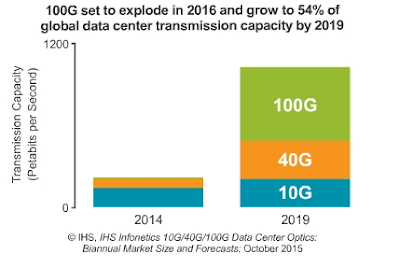The North American mobile industry continues to lead other regions in the adoption of new mobile technologies, according to a newly released GSMA report called "The Mobile Economy - North America 2015’, including 4G networks, the Internet of Things (IoT) and digital commerce.
North America is home to more than 250 million unique subscribers, equivalent to a unique subscriber penetration rate of 70 per cent and 360 million mobile connections (excluding M2M), with three-quarters of connections being smartphones.
Some stats:
“The North American mobile industry has been the strongest performing of any developed region globally for some time, characterised by substantial subscriber growth, the early adoption of new technologies, high levels of mobile usage and strong revenue trends,” said Michael O’Hara, Chief Marketing Officer, GSMA. “The region continues to lead innovation in a number of areas in the mobile ecosystem, including hardware, access technologies, operating systems and new apps and services that are scaling rapidly and changing how individuals live and work.”
http://www.gsmamobileeconomy.com/northamerica/
North America is home to more than 250 million unique subscribers, equivalent to a unique subscriber penetration rate of 70 per cent and 360 million mobile connections (excluding M2M), with three-quarters of connections being smartphones.
Some stats:
- 4G already accounts for just over half of the connection base in the US, while Canada is expected to breach the 50% level in early 2016. By the end of the decade, 84% of connections in North America are forecast to be on 4G networks.
- The US is by far the largest market with 232 million unique mobile subscribers, a penetration rate of about 72%. In Canada the rate is still much lower at 56%, with a total of 20 million unique subscribers.
- Cisco forecasts that mobile data usage will grow at a 42% CAGR in North America through to 2019, reaching nearly 11 GB per user per month. This compares to a global average growth rate of 24% and a 2019 usage level of 4 GB.
- This total impact includes a direct economic contribution of mobile operators and the rest of the mobile ecosystem of $217 billion (1.1% of GDP), an indirect impact on the rest of the economy of $130 billion (0.7% of GDP), and a productivity impact of $324 billion (1.7% of GDP) brought about by the use of mobile technology by businesses and workers in the region.
- Cellular M2M: 12.8% of connections in North America (Q3 2015), global average is 3.9%, the next highest region is Europe at 8.2%
“The North American mobile industry has been the strongest performing of any developed region globally for some time, characterised by substantial subscriber growth, the early adoption of new technologies, high levels of mobile usage and strong revenue trends,” said Michael O’Hara, Chief Marketing Officer, GSMA. “The region continues to lead innovation in a number of areas in the mobile ecosystem, including hardware, access technologies, operating systems and new apps and services that are scaling rapidly and changing how individuals live and work.”
http://www.gsmamobileeconomy.com/northamerica/















